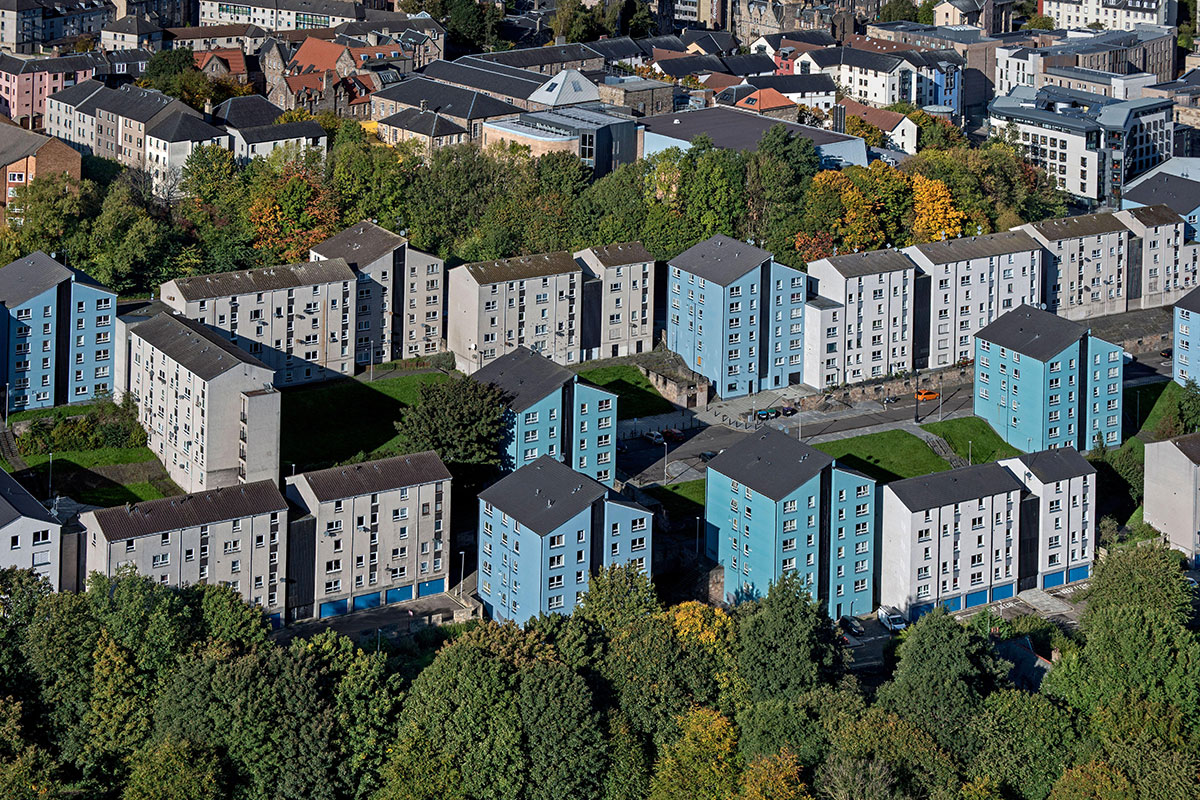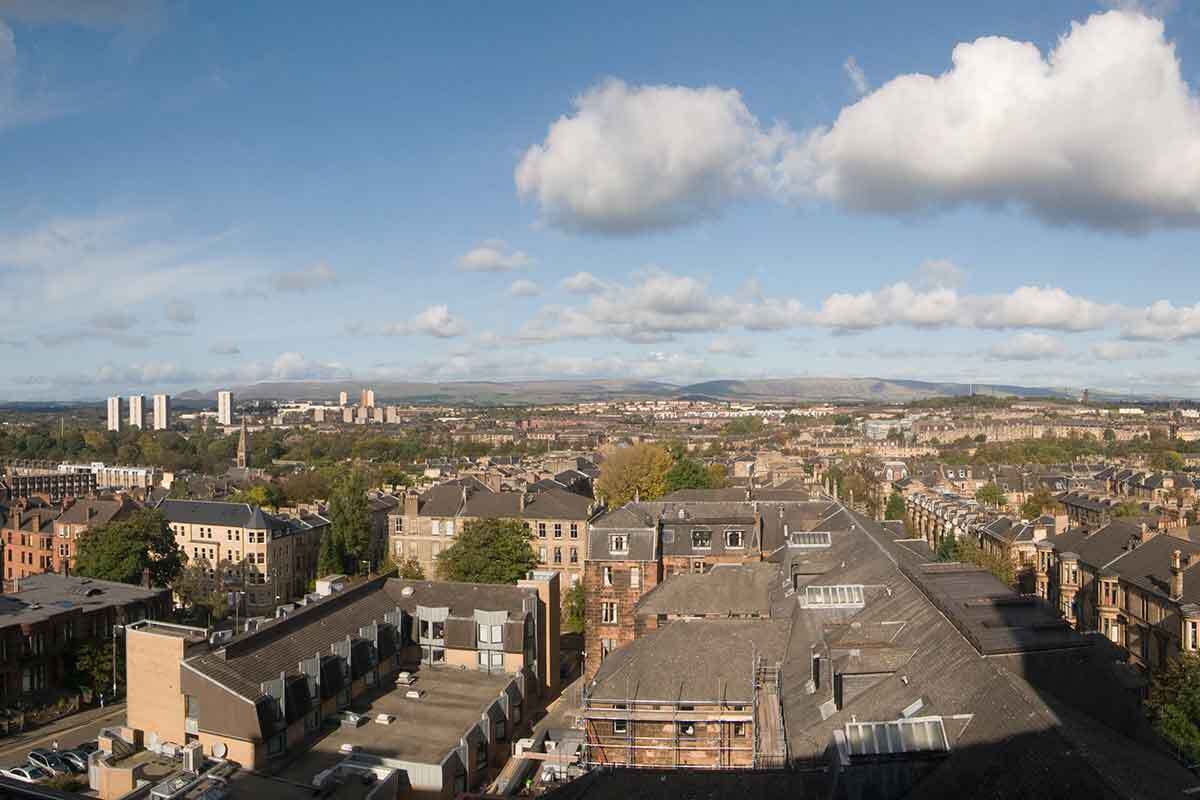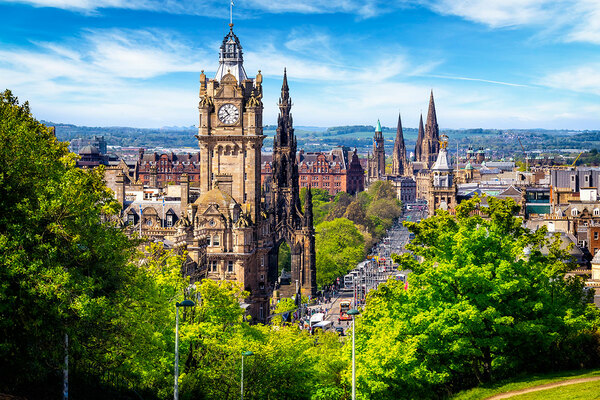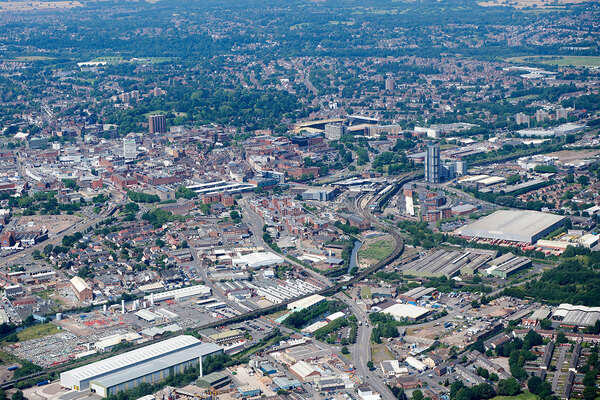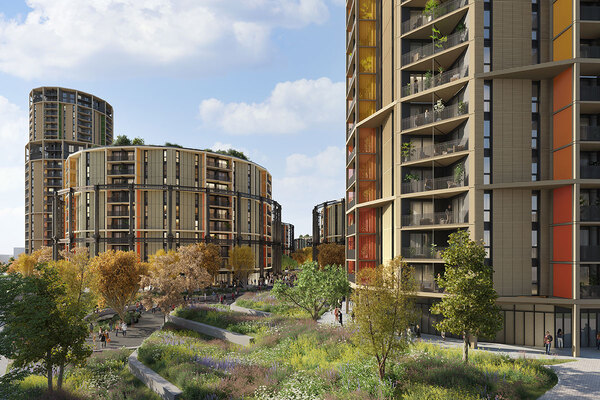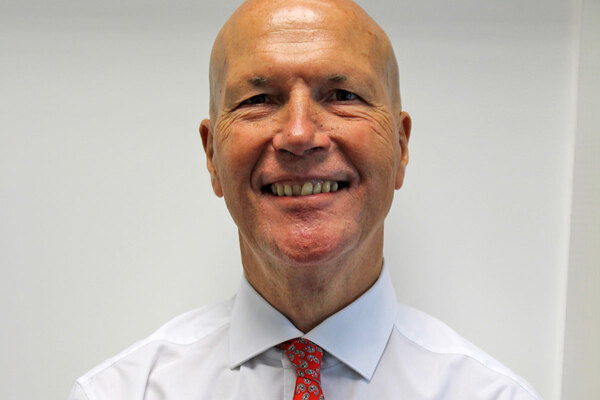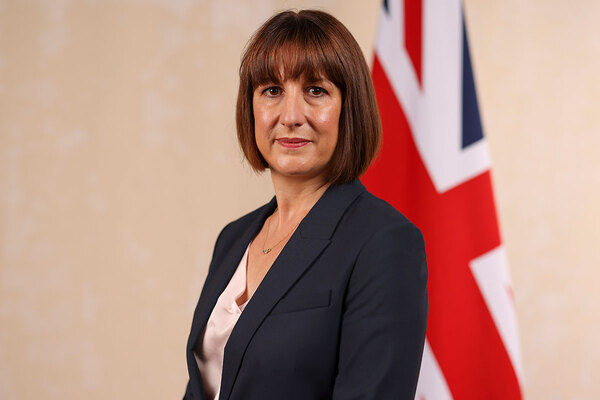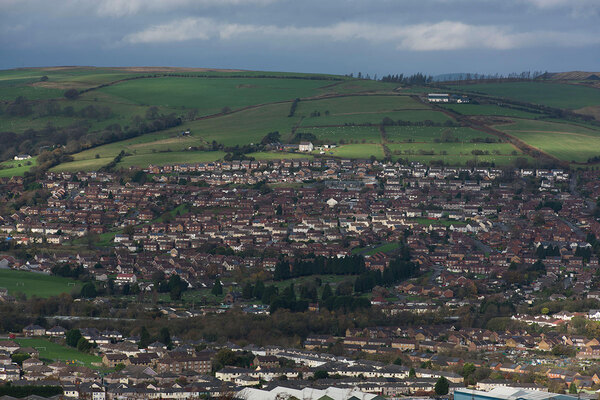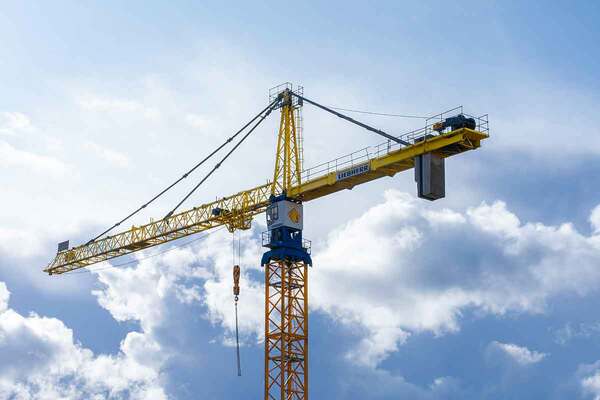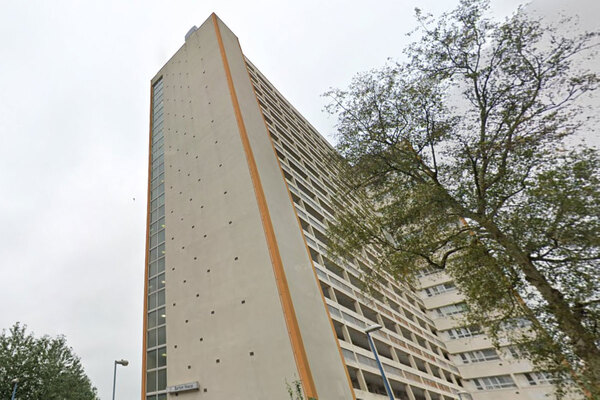Scottish councils plan rent rises well below inflation
Scotland’s largest local authorities have revealed the amounts by which they intend to increase their annual rents from next month, with the average hike 3.9%.
Inside Housing contacted the 10 largest councils, by number of homes managed, for their plans on rents for the next financial year.
Local authorities in Scotland are legally obliged to consult with their tenants before any rise is introduced.
The largest percentage increase will be seen at North Ayrshire Council, where tenants will face a 6.4% rise on average. Falkirk Council is introducing the smallest increase, with rents going up by 2%.
North Ayrshire, which manages 13,183 homes, said the average rent in the current year is £77.76 and this will rise by £4.99.
A council spokesperson said: “This was the lowest of the three options on which tenants were consulted and will ensure continued investment in the council’s housing stock, with total planned revenue expenditure of almost £58m next year.”
Around 1,100 tenants responded to the consultation, which the council said was the highest-ever response.
Falkirk Council, which operates 16,658 homes, said the new average weekly rent for tenants will be £74.82. The 2% rise is the same level of increase the council introduced for the current year.
City of Edinburgh Council has the highest average rent among the top 10. The council has frozen rents for the past two years, but confirmed that it will introduce a 3% increase from 1 April. This will bring its average weekly rent to £105.17.
However, the 20,000-home authority said it is launching a new Tenant Hardship Fund to help struggling households.
A number of Scottish local authorities froze rents last year due to the cost of living crisis.
Like all social landlords, the country’s councils are having to balance investment in homes, including retrofitting for energy efficiency, balanced against keeping rents affordable amid the cost of living crisis.
In general, the money raised through rents is spent on repairing, maintaining and managing stock.
Scotland’s biggest local authority landlord, North Lanarkshire, will introduce a 5% increase, starting from next month.
The 37,000-home council said this will generate £7.1m to “maintain and improve existing homes and implement energy efficiency measures”. Out of this sum, £1m will be specifically allocated to the council’s ‘rent assistance fund’ to help tenants on low incomes who have fallen behind on rent payments.
Its neighbour, South Lanarkshire, is raising rents by 3.5%, which will mean the average is £79.12 across its 24,567 properties.
Aberdeenshire Council, which is introducing a 2.5% hike, offered some insight on its consultation process. It said over “several months” a council working group engaged with tenants around three options: a rent freeze, a 2.5% rise, and a 5% increase.
“After considering the feedback and the work of the working group, Aberdeenshire Council’s communities committee agreed to recommend that the full council support an increase of 2.5%,” the council said.
Average rent across the council’s 13,101 homes will be £87.50 as a result of the increase.
The position contrasts with much higher rent rises in England, where social landlords – including councils – are set to increase rents by 7%.
Inside Housing has been gathering data from Scottish housing associations, which will publish in the coming days.
Scotland’s first minister Nicola Sturgeon introduced an emergency rent freeze for all social and private housing last October, but the ban on raising rents was lifted at the end of February for social landlords.
Social landlords are obliged by the regulator to take affordability into account, but do not have caps imposed by law as is the case in England.
Sign up for our Scotland newsletter
Already have an account? Click here to manage your newsletters
